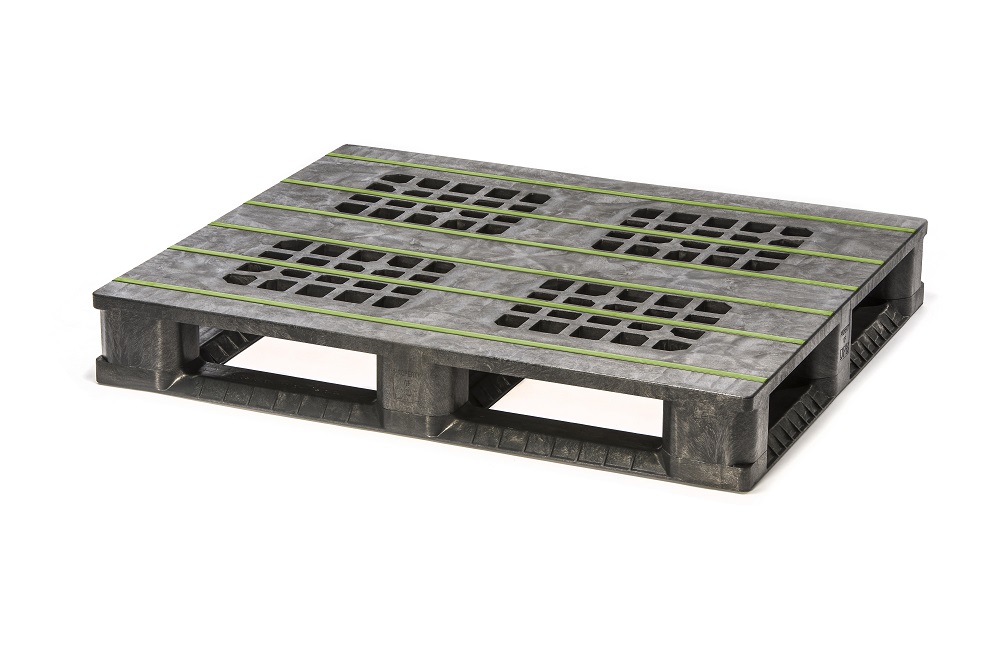Reusable Materials in Circulation
4th November 2015

Cabka-IPS doesnt see old plastic products as trash, but instead as an opportunity to create something new. This holds true for the companys pallets, boxes, and products that are part of the Eco-Products brand for road and traffic safety, as well as garden design and landscaping. The company manufactures the majority of these from recycled plastics.
Cabka-IPS gets the raw materials for its products from plastic used in private households and industry. For example, many of the Eco-Products are made from plastic packaging collected with the Gruner Punkt system. Discarded plastic packaging is processed at Cabka-IPS recycling facilities and forms the basis for the production of new products.
And even with the design of its products, Cabka-IPS is already taking steps to ensure that they can be put back into a technical circuit. A good example of this is the companys partnership with the Dutch pallet pool Dranken Pallet Beheer (DPB). A total of 400,000 pallets of the model BPP i9 are successfully in use there. At the end of their life span, Cabka-IPS recycles these and uses them as raw material to produce new BPP i9 pallets. In this way, Cabka-IPS makes sure that reusable materials are kept in a closed ecological circuit and the environment is protected.
Cabka-IPS therefore supports the cradle-to-cradle production approach. Simply put, this approach is a way of using raw materials so that they can be continually be used anew in a permanent, and if possible, closed circulation. This approach stands in contrast to the cradle-to-grave model, in which products are manufactured with the idea that they will end up in a waste incineration plant at the end of their life span.
Cabka-IPS also designs other pallets, such as the Retail E5 and Heilbronner H7, so that they can be reprocessed at the end of their life and utilized in other ways. This is not only sustainable but also innovative and as such fully in line with the cradle-to-cradle approach.

